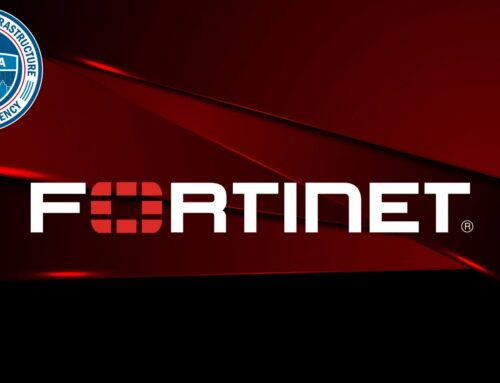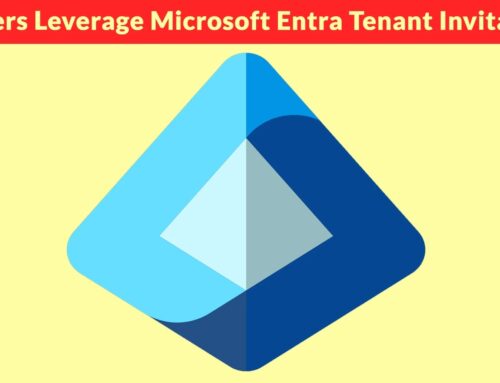
Yurei Ransomware File Encryption, Operation Model and Data Transfer Methods Uncovered
Unmasking Yurei Ransomware: A Deep Dive into its Operations and Encryption
The digital threat landscape is in constant flux, and a formidable new contender has recently emerged: Yurei ransomware. First publicly identified in early September 2025, this Go-based malware poses a significant risk to corporate networks worldwide. Understanding the intricacies of its operation, from initial infiltration to data exfiltration and encryption, is paramount for robust cyber defense. This analysis delves into Yurei’s modus operandi, shedding light on its file encryption techniques, operational model, and the dark channels it leverages for data transfer.
The Genesis and Operational Model of Yurei Ransomware
Yurei, a name that ominously translates to “ghost” or “specter” in Japanese, lives up to its moniker by stealthily infiltrating targeted corporate environments. This new strain, built using the Go programming language, signifies a growing trend among ransomware developers to utilize modern, efficient languages for their malicious payloads. The tactical advantage of Go includes its cross-platform compatibility and ease of compilation into standalone binaries, making detection and analysis potentially more challenging.
The operational model of Yurei mirrors that of many sophisticated ransomware groups. Its primary objective is financial gain, achieved through the classic ransomware playbook:
- Network Infiltration: Gaining unauthorized access to corporate networks often through phishing, exploitation of known vulnerabilities (e.g., CVE-2023-38831, if relevant to remote code execution), or compromised credentials.
- Lateral Movement and Privilege Escalation: Expanding其 reach within the network, identifying critical systems and data repositories.
- Data Encryption: Encrypting sensitive and critical data, rendering it inaccessible to the victim organization.
- Backup Deletion: Strategically removing or corrupting backups to prevent recovery without paying the ransom.
- Data Exfiltration: Stealing copies of sensitive data before encryption for double extortion tactics.
- Ransom Demand: Issuing a ransom note, typically demanding cryptocurrency for decryption keys and assurance of data non-release.
Yurei’s File Encryption Tactics: What We Know
While specific algorithms employed by Yurei are still under detailed scrutiny, its Go-based nature suggests the potential for highly optimized and robust encryption. Ransomware families generally utilize strong cryptographic algorithms like AES for file encryption, often paired with RSA for key exchange. This hybrid approach ensures both speed and security in rendering files unusable. The encryption process typically involves:
- File Enumeration: The malware scans local and network drives for target file extensions.
- Key Generation: A unique symmetric encryption key (e.g., AES-256) is generated for each file or a batch of files.
- Data Encryption: Files are encrypted using the generated symmetric key.
- Key Protection: The symmetric key is then encrypted using an asymmetric public key (e.g., RSA-2048 or RSA-4096) controlled by the attackers. This encrypted symmetric key is often appended to the file or stored separately.
- File Renaming: Encrypted files are frequently renamed with a new extension, making their compromised state immediately apparent.
The use of robust, modern encryption ensures that without the private decryption key held by the attackers, data recovery becomes practically impossible, solidifying the leverage for ransom payment.
Dark Web Operations and Data Transfer Methods
A hallmark of modern ransomware groups, including Yurei, is their reliance on the dark web for communication, command and control (C2), and data transfer. Yurei operates through a dedicated dark web site, serving multiple critical functions:
- Ransom Payment Portal: Victims are directed to this site to view ransom demands, access payment instructions, and communicate with the attackers.
- Proof of Encryption/Decryption: Attackers may offer to decrypt a few files for free as proof of their capabilities.
- Data Leak Site (DLS): For groups employing double extortion, the dark web site serves as a platform to publish stolen data if the victim refuses to pay. This amplifies pressure on the victim, leveraging the fear of regulatory fines, reputational damage, and competitive disadvantage.
Data exfiltration, a critical component of Yurei’s double extortion strategy, often employs encrypted channels and various transfer protocols to evade detection. Common methods include:
- Encrypted Archives: Stolen data is compressed and encrypted before transfer.
- Cloud Storage Services: Utilizing legitimate cloud services (Dropbox, Mega, etc.) with compromised credentials for data staging.
- FTP/SFTP: Classic file transfer protocols, often over non-standard ports to avoid scrutiny.
- Secure Copy Protocol (SCP)/Secure File Transfer Protocol (SFTP) over SSH: Providing encrypted data transfer channels.
- DNS Tunneling: Exfiltrating small chunks of data via DNS queries, making it harder to detect.
Remediation Actions and Proactive Defense
Defending against threats like Yurei ransomware requires a multi-layered and proactive cybersecurity posture. Organizations must implement robust strategies to prevent, detect, and respond to such attacks.
| Category | Remediation Action | Purpose |
|---|---|---|
| Prevention | Strong Access Controls: Implement Multi-Factor Authentication (MFA) everywhere possible. Enforce principle of least privilege. | Limits unauthorized access and lateral movement. |
| Prevention | Regular Backups & Disaster Recovery: Maintain immutable, offsite, and offline backups. Test recovery procedures frequently. | Ensures data restorability even if primary systems are compromised. |
| Prevention | Patch Management: Proactively patch all operating systems, applications, and network devices. Address vulnerabilities like CVE-2023-2825 (example CVE). | Closes known exploit paths ransomware often leverages. |
| Detection | Endpoint Detection and Response (EDR): Deploy EDR solutions capable of behavioral analysis and real-time threat detection. | Identifies suspicious activities characteristic of ransomware execution. |
| Detection | Network Segmentation: Isolate critical assets and sensitive data into separate network segments. | Limits the blast radius of an attack, slowing lateral movement. |
| Response | Incident Response Plan: Develop and regularly exercise a comprehensive incident response plan for ransomware attacks. | Ensures a structured and effective response to minimize damage and recovery time. |
| Prevention & Detection | Security Awareness Training: Educate employees on phishing, social engineering, and safe browsing practices. | Reduces the likelihood of initial infiltration through human error. |
Conclusion
The emergence of Yurei ransomware is a stark reminder of the persistent and evolving nature of cyber threats. Its Go-based architecture, coupled with a well-established operational model of encryption, backup deletion, and data exfiltration via dark web channels, positions it as a significant challenge for IT security professionals. Robust preventative measures, diligent monitoring, and a well-rehearsed incident response plan are not merely recommendations; they are fundamental necessities for defending against sophisticated adversaries like Yurei. Staying informed about new threats and continuously adapting security strategies remains the cornerstone of effective cyber resilience.





